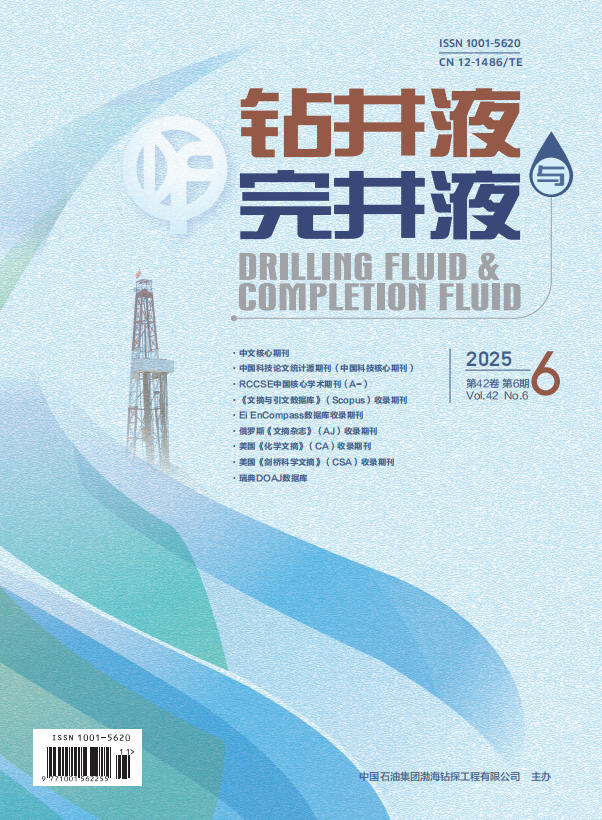Abstract:
Large amount of fracture reservoirs are produced in Shunbei oil and gas field because of the effects of the multi stage movement of faults, rendering the reservoirs characteristics of fractured vuggy carbonate. Evaluation of the salinity sensitivity of carbonate reservoirs in Shunbei showed that a unified conclusion cannot achieved with data of many samples, and is thus unable to guide field production. Whole mineral content measurement with XRD showed that the total content of minerals (including calcite, dolomite, silica and clay) along the vertical direction of the Yijianfang formation and the Yingshan formation reservoirs changes between 0.9% and 65%. SEM observation showed that the formation fractures are filled with plate-like illite-smectite mixed layers, and the quantity and shape of the fractures are randomly distributed. The vertical porosity and permeability of 2 sets of reservoir rock samples measured with helium and nitrogen are 0.42%-2.40% and 0.03-7.62 mD, respectively, indicating obvious fluctuation in the distribution of porosity and permeability, and small total porosity. Permeability impairment by water sensitivity and salt sensitivity of the Yijianfang formation rocks is 29.47%-74.80% and 30.44-82.93%, respectively, and for the Yingshan formation rocks, the data are 66.06%-75.80% and 78.10%-79.91%, respectively, indicating that mineral components and fracture development resulted in obvious fluctuation in salinity sensitivity in different areas. A mathematical model was developed to quantitatively describe the relationship among several factors, such as ratio of permeability loss, salinity range in which formation porosity and permeability are not impaired, total content of clay minerals, porosity, permeability and salinity of formation water. The mathematical model can be used to evaluate the salinity sensitivity of reservoir rocks with comprehensiveness and rapidity. Compared with conventional methods, the percent reduction of permeability of contaminated reservoir was reduced by 19.90% using the critical concentration of KCl calculated with this model, an obvious controlling effect of increasing salinity sensitivity.



